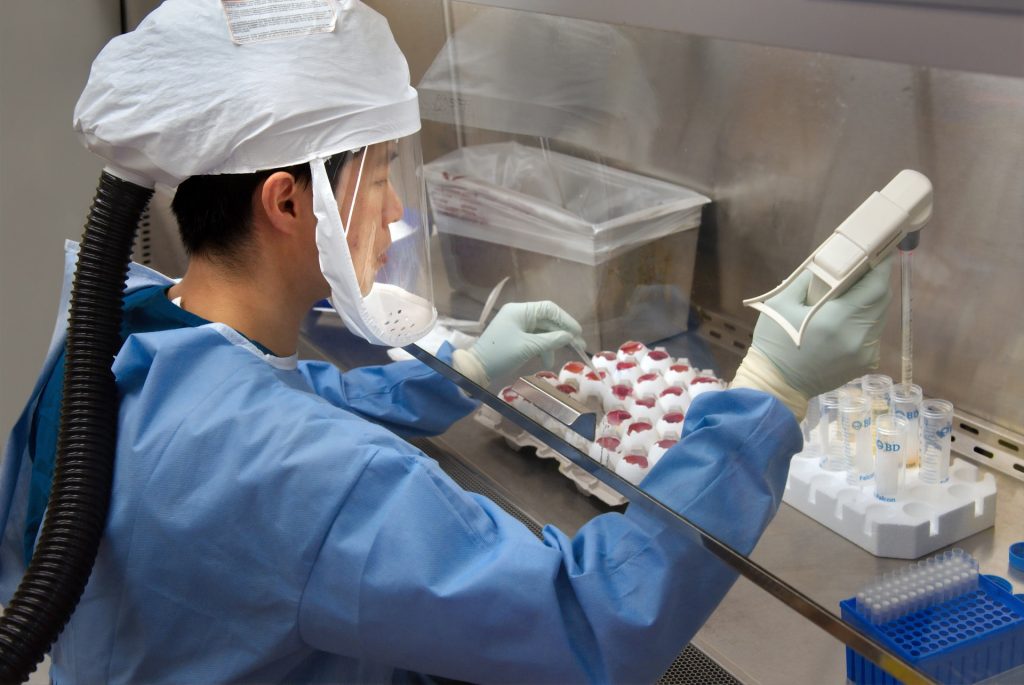Dating is Not Broken, but the Trajectories of Relationships have Changed

Despite many societal changes, including technology such as dating apps and young adults waiting longer to get married, two surveys of college students conducted 10 years apart showed that their expectations about romantic relationships have remained remarkably consistent, according to a new study led from the University of Illinois Urbana-Champaign
According to some popular culture writers and online posts by discouraged singles lamenting their inability to find romantic partners, dating is “broken,” fractured by the social isolation created by technology, pandemic lockdowns and potential partners’ unrealistic expectations.
Yet two studies of college students conducted a decade apart found that their ideas about romantic relationships have remained much the same, although the trajectories of their relationships have changed somewhat, according to study leader Brian Ogolsky, a professor of human development and family studies at the University of Illinois Urbana-Champaign.
“College students in our study did not share this perception of dating as a broken system, despite many massive cultural shifts during this decade,” Ogolsky said. “Their perspectives on relationships today aren’t that different from what they were 10 years ago — or even 10 years before that. Instead, young adults are taking more diverse and multifaceted pathways through romantic partnering and considering a broader range of outcomes.”
Ogolsky surveyed college students ages 18-29 in 2012 and in early 2022, asking them to describe their thoughts and experiences about the typical initiation and progression of romantic relationships.
Published in the journal Personal Relationships, the study was co-written by Jennifer L. Hardesty, a professor in the same department; psychology professor Kiersten Dobson of McMaster University; and U. of I. graduate students Matthew Rivas-Koehl and Ghada Kawas.
More than 250 students were surveyed, about half of whom said they had romantic partners at the time.
Based upon participants’ responses, the researchers identified four stages of romantic relationships. The first stage, which they called “flirtationship,” may occur online or in person and involves the first sparks of attraction, fanning those embers through flirtation and exploring common interests.
If the attraction and level of interest are mutual, the individuals test the waters for “relationship potential” — the second stage in relationship development — by spending increased time together, with a heavy focus on communicative activities that probe whether the relationship should move forward. Study participants repeatedly mentioned friendship as an important basis for romantic partnerships, and they most often mentioned dating in reference to this stage, the data indicated.
“Young adults clearly distinguish dating from being in a relationship,” Ogolsky said. “In our study, we used the term ‘relationship development’ to describe the activities we were investigating, but it became clear that participants did not view early behaviors as part of being in a relationship per se. Instead, they viewed flirting and even dating as part of a broader pattern of interpersonal interaction that may or may not eventually lead to the formation of a relationship.”
If romance does blossom and the union progresses to the third stage — being in a relationship — defining their union becomes important to the partners, such as labeling their status as “official” and identifying themselves as significant others, the researchers said.
Although those in the first study were less likely to mention sexual activity, students in both studies were more likely to talk about it in the context of defining the relationship. And the researchers found that the majority of the students in both studies implied an expectation of exclusivity and monogamy from committed relationships.
Although many studies on young adults’ relationships have focused on hookup culture — casual sex without commitment — only nine of those in the more recent study mentioned it. And the researchers hypothesized that college students may use the term when referring to sexual activity in any context, even that which occurs within a predefined relationship.
Ogolsky said it was during the third stage that the greatest differences emerged between the two groups of students’ beliefs. Those in the 2012 study were more likely to believe that the typical relationship path was for partners to become engaged after becoming official. However, those in the 2022 study rarely mentioned engagement, saying instead that commitment proceeds in more diverse pathways such as moving in together.
“Another difference we found pertained to integrating romantic partners into one’s social circle,” Ogolsky said. “For the students in 2012, this process centered around introducing a new partner to family members. However, those in the more recent study viewed it as integrating the partner into one’s broader social networks of friends as well as family members.”
In the fourth relationship stage — called “commitment or bust” — Ogolsky said that participants described arriving at an eventual crossroads, where the partners either decide to marry or enter into another type of long-term legal commitment or go their separate ways.
Surprisingly, despite the rapid growth in social media, dating apps and other platforms for meeting potential partners that proliferated across the decade between the two surveys, technology did not play as big a role in the minds of the participants as expected, Ogolsky said.
“When we ask people about relationship prototypes, they’re not talking about technology,” he said. “They’re thinking about relationships in broad strokes. And we found it interesting that the centerpiece of relationships was not dating apps, artificial intelligence or robots or all the other things we may have predicted 25 or 40 years ago.”
Source: University of Illinois at Urbana-Champaign, News Bureau






